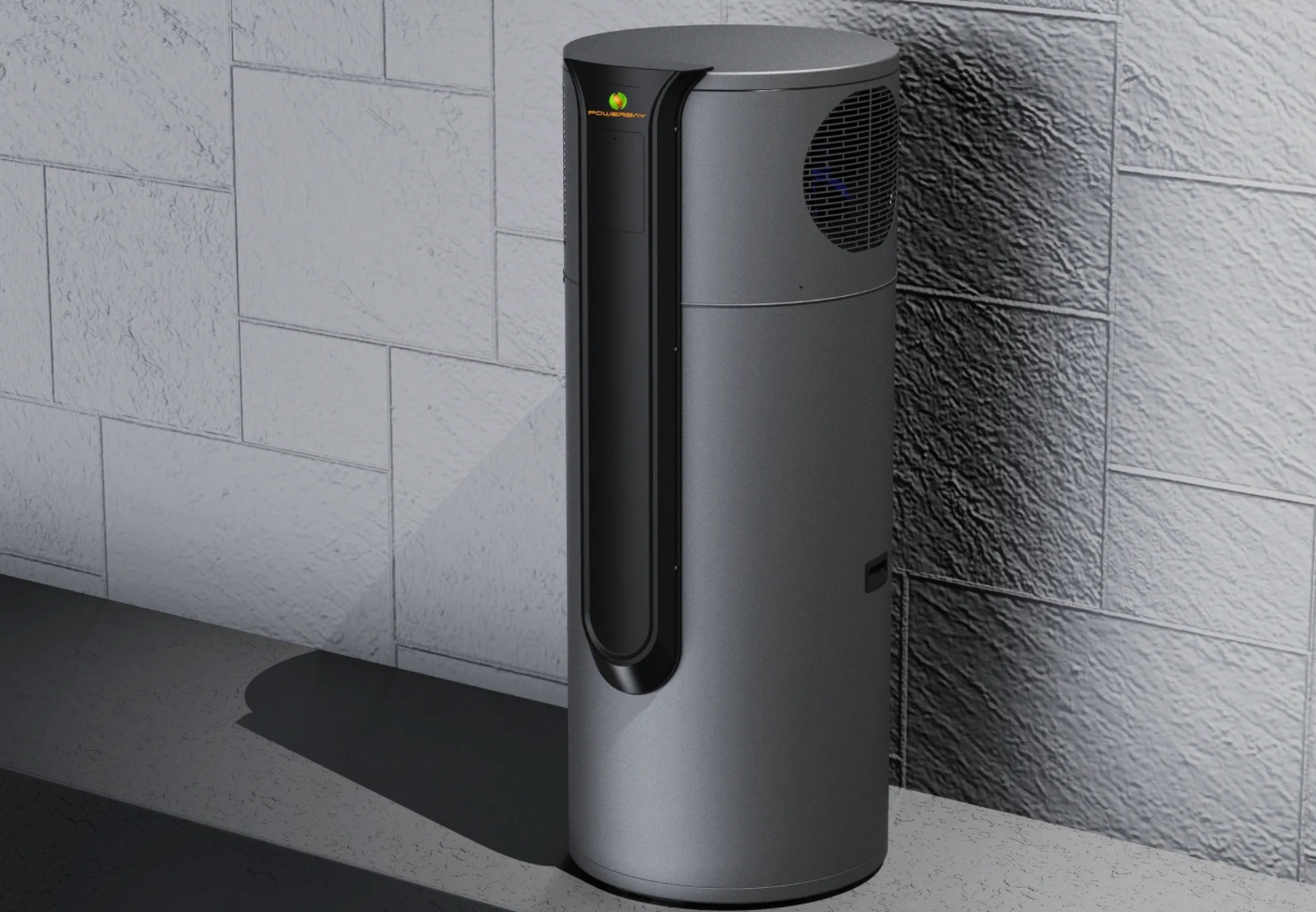Maintenance Tips for Residential Solar Panels
It is well known just how significant an investment solar panels are for any homeowner, providing clean, renewable energy and reducing electricity bills with less reliance on traditional electricity. Regular maintenance is essential in ensuring they operate at peak efficiency and have a long lifespan, this guide below offers some valuable tips on maintaining residential solar panels to help you get the most out of your solar energy system for years to come.
Regular maintenance of your solar panels is crucial for several reasons. Firstly, it ensures that your panels are operating at their maximum efficiency, which translates to more energy production and greater savings on your electricity bill. Like anything left outside, dirt, dust, and other debris can accumulate on the surface of the panels over time, blocking sunlight and reducing their efficiency. Additionally, regular maintenance can help identify and address any potential issues before they become major problems, extending the lifespan of your solar panels and protecting your investment.
Cleaning Solar Panels
One of the most important aspects of solar panel maintenance is regular cleaning. Ideally, panels should be cleaned at least twice a year, but this can differ depending on where you live. For instance, if you live in a dusty or polluted area, more frequent cleaning may be necessary. The process of cleaning solar panels is straightforward and can be done with a few basic tools: a soft brush, a hose, a squeegee, and mild soap if needed. It’s important to avoid abrasive materials that could scratch the panels.
When cleaning, start by ensuring your solar system is turned off for safety. Gently rinse the panels with a hose to remove loose dirt and debris. If necessary, use a soft brush and mild soap to gently scrub the surface, being careful not to apply too much pressure. Once clean, rinse thoroughly to remove any soap residue and allow the panels to air dry or use a squeegee to remove excess water.
Inspecting for Damage
In addition to regular cleaning, it’s important to inspect your solar panels for any signs of damage. Conduct visual inspections to check for cracks, chips, or discolouration on the panels. Examine the wiring and connections to ensure they are secure and not exposed to the elements. Monitoring your system’s performance can also help detect issues; a sudden drop in energy output may indicate a problem that requires attention.
Pay particular attention to any signs of physical damage, such as cracks or chips, which can impact the performance and longevity of your panels. If you notice any damage, it’s important to address it promptly. In some cases, small cracks or chips can be repaired, but more significant damage may require the replacement of the affected panel.
Preventing and Removing Obstructions
Obstructions such as overgrown trees or bird nests can significantly impact the performance of your solar panels. Regularly trim any vegetation that might cast shadows on the panels, and consider installing bird deterrents to prevent nesting under or around the panels. Keeping the area around your solar panels clear of obstructions will ensure they receive maximum sunlight.
Birds can be a particular nuisance, as they often nest under solar panels, leading to an accumulation of droppings and debris that can block sunlight and damage the panels. There are several bird deterrent systems available, such as mesh or netting, that can be installed around the edges of your panels to prevent birds from nesting. Additionally, using reflective or sonic deterrents can help keep birds away from your solar array.
Seasonal Maintenance Tips
Seasonal maintenance is another important aspect of solar panel care. In winter, snow buildup can block sunlight and reduce efficiency. Use a soft brush or a roof rake designed for solar panels to carefully remove snow. Be cautious not to use metal tools or apply too much pressure, as this can damage the panels. During the summer, dust and pollen may accumulate more quickly, so it’s important to keep an eye on the panels and clean them as needed.
Winter can also bring other challenges, depending on where you live, such as ice and frost. Whilst it's less of an issue in Australia, if you live in an area with harsh winters, consider installing a heating system or anti-icing technology to keep your panels clear of ice and snow. In the summer, consider using a hose with a misting attachment to gently wash away dust and pollen without causing damage.
Professional Maintenance
While regular DIY maintenance is beneficial, scheduling an annual professional inspection is highly recommended. A professional can check for issues that might not be visible to the untrained eye and ensure all components are functioning correctly. Additionally, some warranty terms may require certain maintenance activities to be performed by certified technicians to remain valid.
During a professional inspection, the technician will typically check the physical condition of the panels, the integrity of the mounting system, and the performance of the electrical components. They may also use specialised equipment to measure the efficiency of your panels and identify any potential issues. Regular professional maintenance can help ensure that your system is operating at peak efficiency and prevent costly repairs down the line.
Monitoring Systems
Monitoring software and apps are excellent tools for keeping track of your solar system’s performance in real time. Did you know that many systems come with monitoring options that allow you to set up alerts for significant drops in performance, indicating when maintenance might be needed? Staying proactive with these tools can help you address issues promptly and maintain optimal efficiency.
Most modern solar systems come with built-in monitoring systems that provide detailed information about energy production, system performance, and any potential issues. By regularly checking this data, you can quickly identify and address any problems. Additionally, some monitoring systems offer remote diagnostics, allowing your service provider to troubleshoot and resolve issues without needing to visit your home.
Common Maintenance Issues and Solutions
Understanding common maintenance issues and how to address them can help you keep your solar panels in top condition. Here are a few common issues and their solutions:
- Shading and Debris Accumulation: Trees, buildings, or other objects casting shadows on your panels can significantly reduce their efficiency. Regularly trim trees and vegetation to minimise shading, and consider installing additional panels in sunny areas to compensate for any shading issues. Leaves, dirt, and other debris can also accumulate on your panels, blocking sunlight and reducing efficiency. Regular cleaning can help prevent this issue.
- Loose Connections: Over time, connections can become loose or corroded, impacting the performance of your system. Regular inspections can help identify and address any loose connections before they become a problem.
- Panel Degradation: Like all technology and systems, solar panels naturally degrade over time, leading to a gradual decrease in efficiency. Regular maintenance and professional inspections can help identify any issues early and extend the lifespan of your panels.
Maintaining your solar panels through regular cleaning, inspections, and professional check-ups is crucial for ensuring their long-term performance and efficiency. By following these tips, you can protect your investment and continue to enjoy the benefits of solar energy for years to come.
For those who prefer professional services, consider reaching out to local solar maintenance professionals to ensure your system remains in top condition.
For more detailed tutorials and guides on solar panel maintenance, get in touch with the team and we will provide you with all the resources you need.
Disclaimer: The information provided in this blog post is for general purposes only. While we strive to ensure the accuracy and reliability of the content, we make no representations or warranties of any kind, express or implied, about the completeness, accuracy, reliability, suitability, or availability of the information contained herein. Any reliance you place on such information is strictly at your own risk. We will not be liable for any loss or damage arising from the use of, or reliance on, the information presented in this blog post. It is always recommended to seek professional advice or conduct further research for specific situations or concerns. The inclusion of any links to external websites does not necessarily imply endorsement or support for the views expressed within them.


